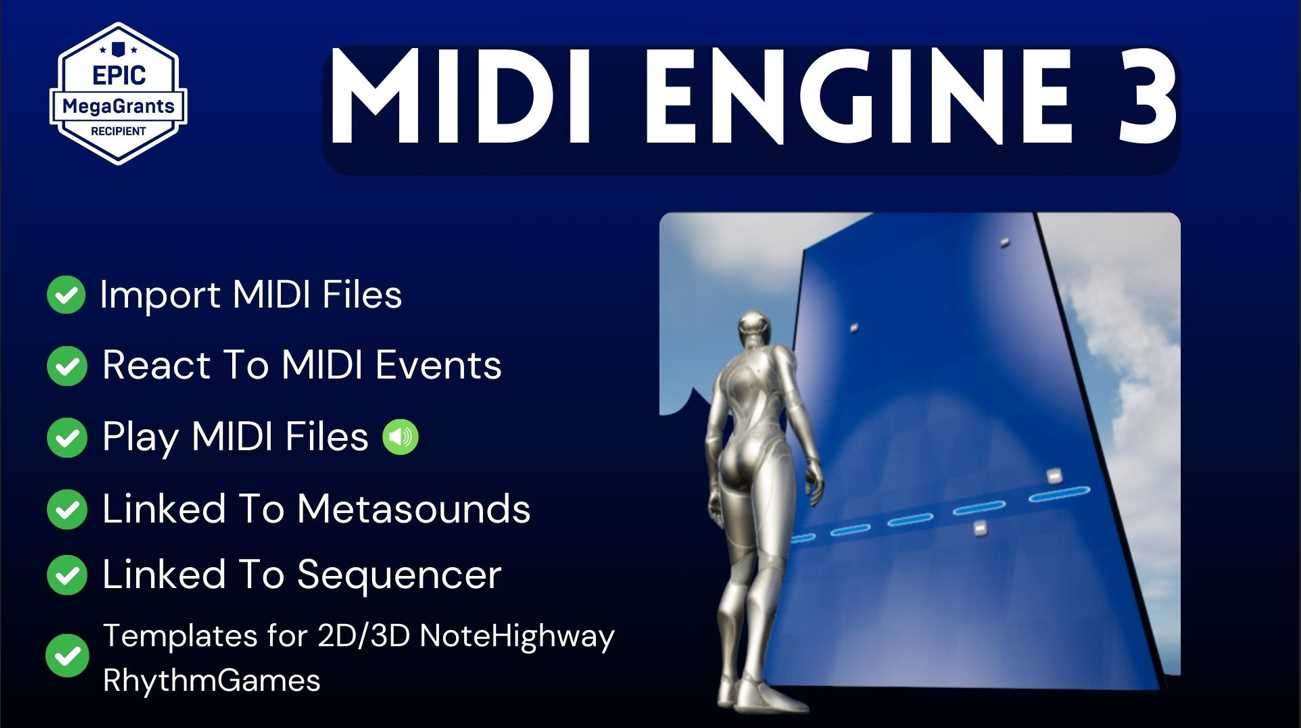When working in Unreal Engine, there are many situations where the default UMG (Unreal Motion Graphics) widgets don’t fully meet your project’s needs. In such cases, you may want to extend existing widgets or create entirely new ones from scratch. With Unreal Engine’s powerful C++ API and the Slate UI framework, you can customize your widgets to achieve the desired look and functionality.
Why Custom Widgets?
Custom widgets offer benefits like:
- Tailored Functionality: Add features specific to your application.
- Optimized Performance: Eliminate unnecessary features to improve efficiency.
- Enhanced Appearance: Design visually distinct components that align with your game’s art style.
Using C++ and Slate
To create a custom widget, you will primarily use the Unreal Engine C++ API and Slate. Here’s a quick rundown:
Create a New C++ Class: Start by creating a new C++ class that derives from
UUserWidgetor a suitable parent class, depending on your specific requirements.
/ MyCustomWidget.h
#pragma once
#include "CoreMinimal.h"
#include "Blueprint/UserWidget.h"
#include "MyCustomWidget.generated.h"
UCLASS()
class MYPROJECT_API UMyCustomWidget : public UUserWidget
{
GENERATED_BODY()
public:
virtual void NativeConstruct() override;
};
Define the Widget Structure: In the .cpp file, you can override the NativeConstruct() function to initialize the widget’s contents.
// MyCustomWidget.cpp
#include "MyCustomWidget.h"
void UMyCustomWidget::NativeConstruct()
{
Super::NativeConstruct();
// Example: Set up your widget's internal properties, bindings, etc.
// This will include configuring child Slate widgets if needed.
}
Integrate Slate for Custom Layouts: For more advanced customization, define a new Slate widget class and integrate it with your custom widget.
// MySlateWidget.h
#pragma once
#include "Widgets/SCompoundWidget.h"
class MYPROJECT_API SMySlateWidget : public SCompoundWidget
{
SLATE_BEGIN_ARGS(SMySlateWidget) {}
SLATE_END_ARGS()
void Construct(const FArguments& InArgs);
private:
// Your widget-specific variables and methods here
};
//CPP
// MySlateWidget.cpp
#include "MySlateWidget.h"
#include "Widgets/Text/STextBlock.h"
void SMySlateWidget::Construct(const FArguments& InArgs)
{
ChildSlot
[
SNew(STextBlock)
.Text(FText::FromString("Hello, Slate!"))
];
}
Extend Functionality: Add custom functionality to your widget by incorporating Blueprint callable functions, dynamic styling options, or data bindings.
Compile and Test: Build your project, then test your widget in the editor or runtime to ensure everything is functioning correctly.

